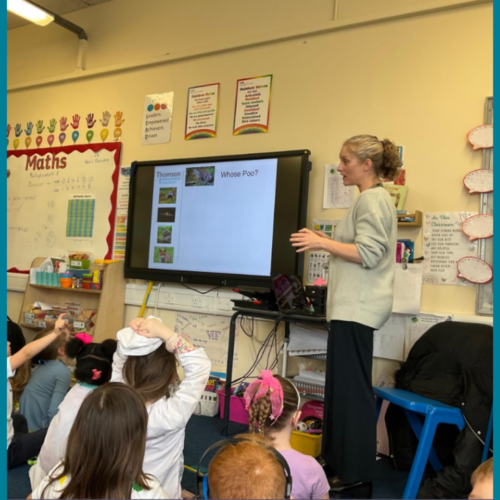It might still be chilly outside but nature is already showing signs that spring is just around the corner… Wildflowers such as daisies, lesser celandine and bluebells are emerging from the ground, tree buds are swelling ready to burst and bats are rousing from their winter hibernation sites and emerging on warmer nights to feed.
As nature responds to the change of seasons, so do we! Most ecological surveys and mitigation work can only be undertaken at certain times of the year, so it is essential to plan ahead with ecological constraints in mind to prevent unnecessary project delays and costs.
Download a free copy of our species survey and mitigation calendar to see a full overview of when surveys and mitigation can take place following best practice guidance. Read on to check out how we can help you right now to keep your project on track.
GCN pond surveys (from mid-March)
March is the month of mass migration, when great crested newts (GCNs) move from their terrestrial hibernation sites to breeding ponds. If a proposed development site is within 500m of a potential breeding pond and there is suitable terrestrial habitat on site, GCN will need to be considered and surveys and/or licensing may be required for the project to be compliant with legislation.
Our GCN licensed ecologists are available now to undertake Habitat Suitability Index (HSI) assessments which will score a pond for its suitability for GCN based on a set of criteria. If it is suitable, we can undertake a variety of different survey techniques to determine presence/absence – including bottle trapping, netting, torching and eDNA surveys. There is a very short window of opportunity to survey for GCN, between March and June, so don’t delay and get them booked in today!
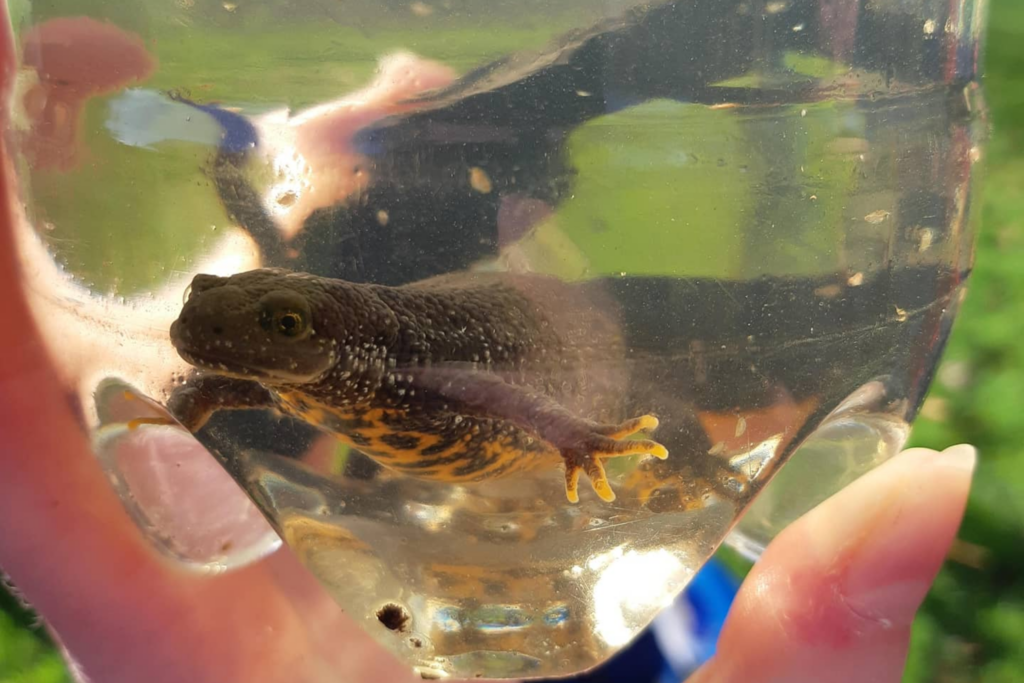
Tree climbing surveys for bats
Around three quarters of British bat species are known to roost in tree features such as woodpecker holes, broken branches, knot holes and loose bark. Surveying trees for bats can involve a Preliminary Ground Level Roost Assessment (PGLRA) which involves recording potential roost features (PRFs) from ground level. Where PRFs are identified, tree climbing surveys can be undertaken to fully inspect these features. This can be more cost efficient than other survey methods such as dusk emergence and dawn re-entry surveys.
We have a team of qualified tree climbers licensed by Natural England to survey for bats. As all UK bat species and their roosts are legally protected, it is important to consider if trees could be affected by your development. Get in touch to find out if tree climbing surveys could benefit your project.
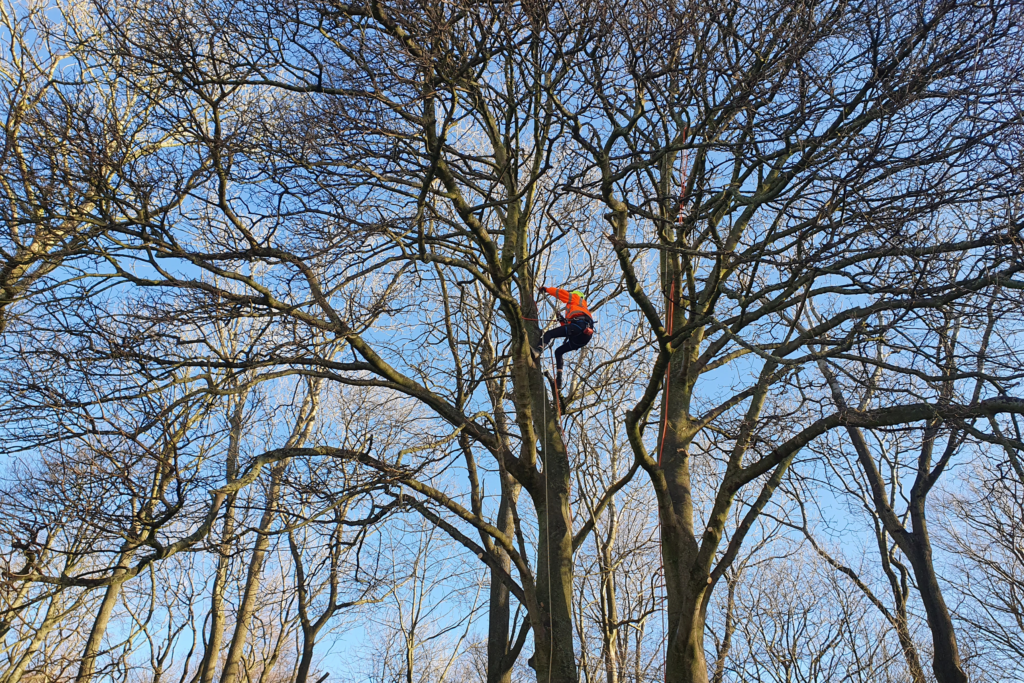
Migrating and breeding bird surveys (from March)
Under the Wildlife and Countryside Act 1981, all wild birds, their nests and eggs are protected from destruction and disturbance. Several birds, such as barn owls, are schedule 1 listed species which are given further legal protection.
Our specialist ornithologists are experienced in a range of bird surveys tailored to the requirements of the project, including Breeding Bird Surveys (BBS), nesting bird checks, wetland bird surveys (WeBS), vantage point surveys and rare bird surveys.
For advice on your next project or to get a bird survey booked in get in touch with our friendly team.
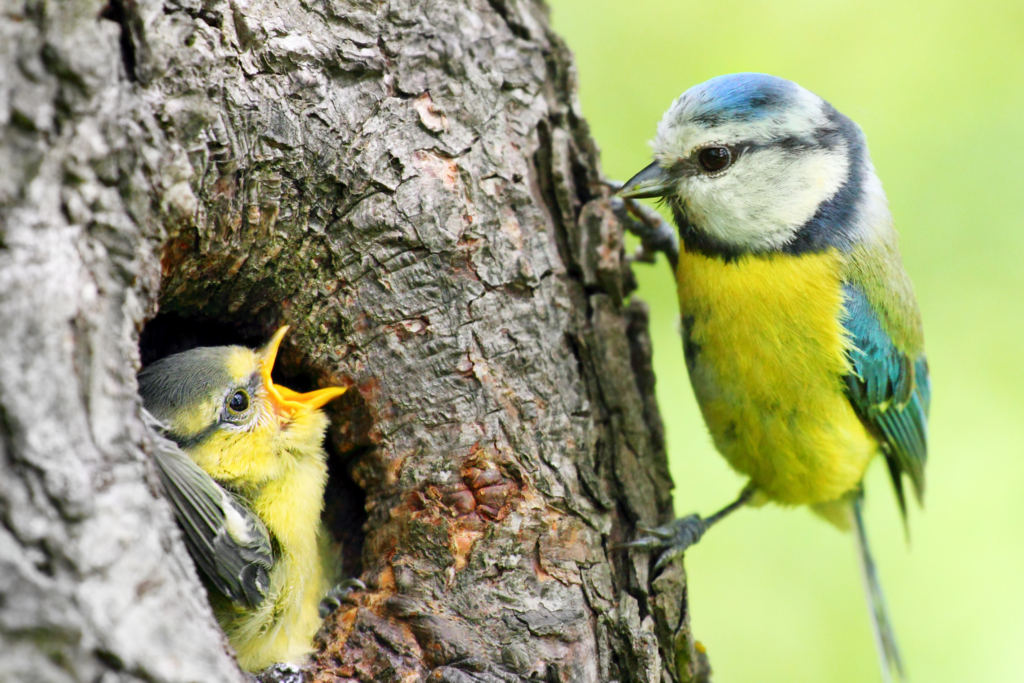
Reptile surveys (from March)
There are six native species of reptile in Britain, three snakes and three lizards, all of which are protected. Common reptiles are active between March and October and can be found in a variety of habitats including grasslands, scrub, brownfield sites, heathlands and coastal sand dunes. This variety of habitats combined with reptiles’ elusive nature can make it difficult to predict where they may be hiding.
Where reptiles could inhabit a site, our ecologists undertake two phases of a reptile survey: Phase 1 can be undertaken at any time of year and assesses whether the site has suitable habitat for reptiles. If suitable habitat is present, Phase 2 surveys are carried out during the reptile’s active period and involve visual searches and checking artificial refugia for the presence/absence of reptiles.
You can find out more about our reptile surveys and mitigation work in our Thomson Handbook.
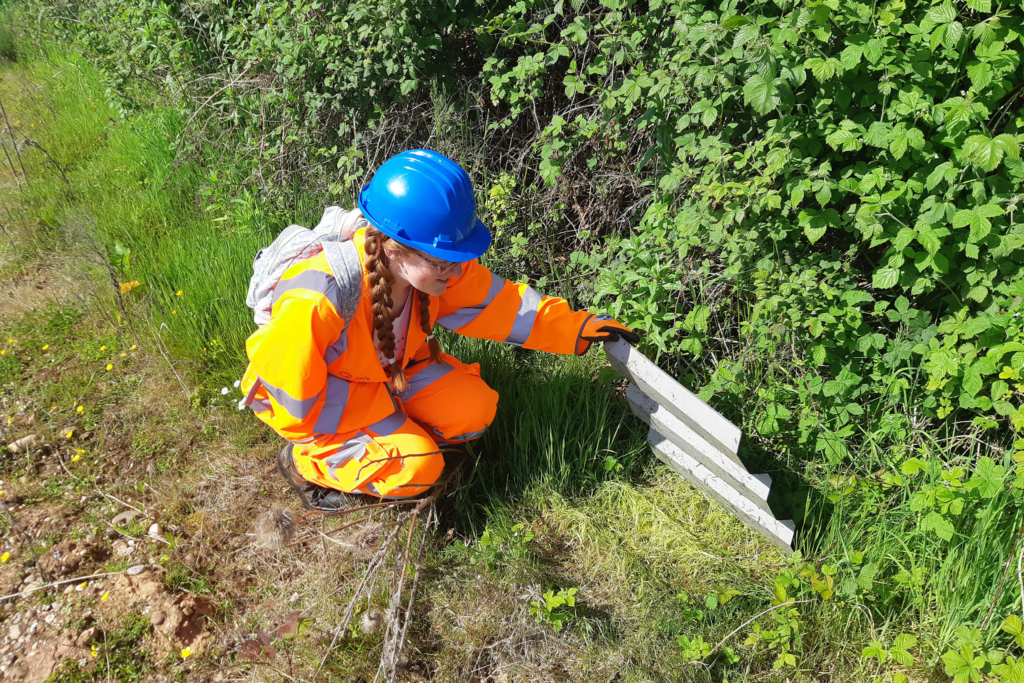
Badger bait marking and sett surveys
February is the peak time for badger cub births and badgers are very active over the next few weeks making it the optimal time for sett and bait marking surveys (February to April). Badgers mark the boundaries of their territories with dung pits (latrines), so it is possible to establish the limits of their territory by placing food containing harmless indigestible plastic markers at a sett and then searching for these plastic markers in latrines.
Badgers are often forgotten about when it comes to development planning as they are nocturnal and elusive. Yet they are protected in the UK by the Protection of Badgers Act 1992, so finding a badger sett on a work site during the construction phase can lead to significant project delays. Our ecologists can help with all your badger queries from undertaking badger surveys to applying for licences on your behalf to installing badger exclusion gates and creating artificial setts nearby.
Please contact our friendly team to discuss your specific project requirements.
Tel: 01483 466 000
Email: [email protected]


